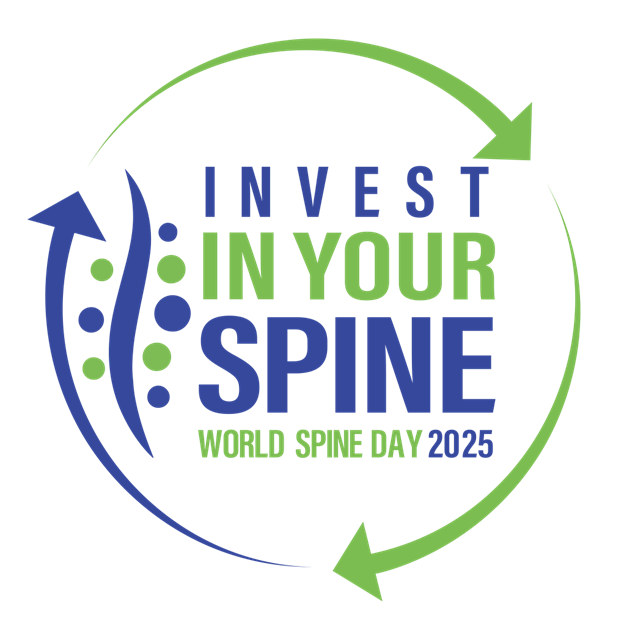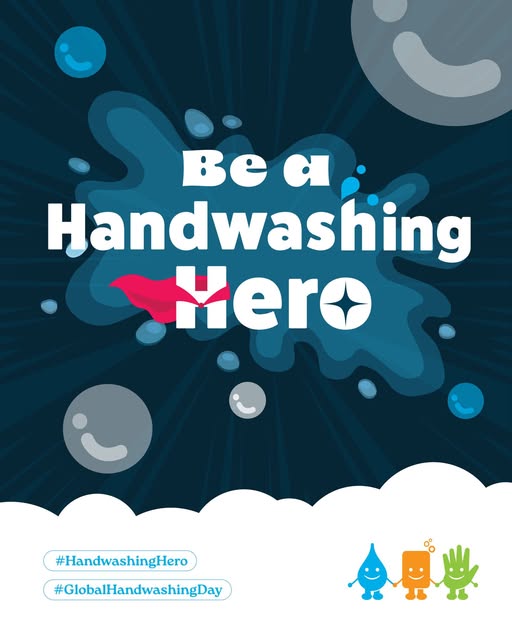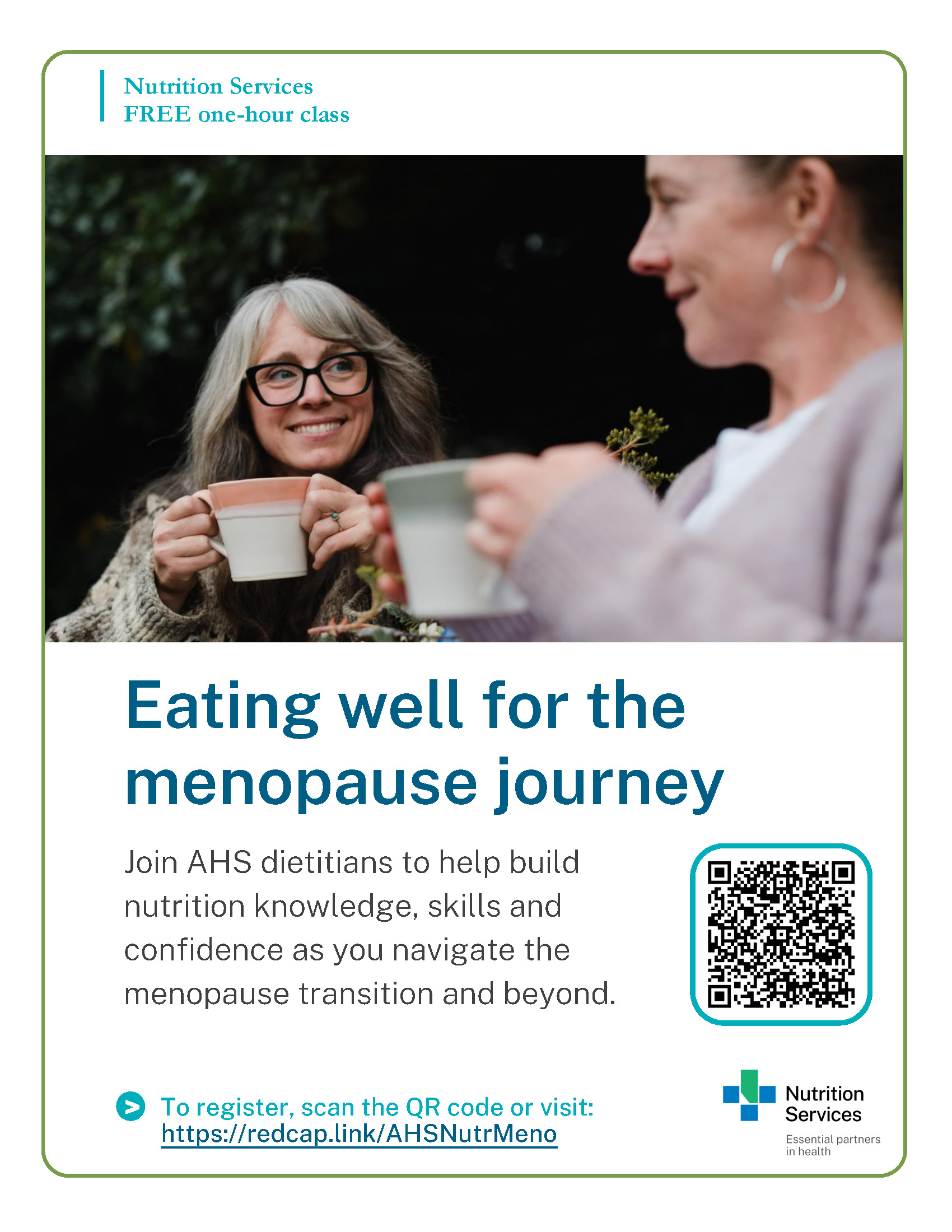World Spine Day October 16, 2025
Tips to Prevent Back Pain
• Maintain a Healthy Diet – Support healthy weight and good spinal health with a balanced diet and hydration.
• Stay Active – Engage in at least 30 minutes of physical activity.
• Avoid prolonged inactivity or bed rest.
• Sit Properly – Ensure ergonomic seating and take regular breaks.
• Warm up or stretch before exercising or physical activities, such as gardening.
• Get Adequate Sleep – Aim for 7-8 hours to support overall wellbeing. Sleep on a mattress of medium firmness to minimize any curve in your spine.
• Maintain proper posture.
• Lift Safely – Lift with your knees, keep the object close to your body, and do not twist when lifting.
• Quit smoking. Smoking impairs blood flow, resulting in oxygen and nutrient deprivation to spinal tissues.
• Limit Mobile Device Use – Reduce strain by taking breaks.
• Prioritize Mental Health – Manage stress and seek professional help when needed.
• Take Rest Breaks – Prevent fatigue-related injuries, especially in repetitive jobs.
• Wear comfortable, low-heeled shoes.
• Work with your chiropractor to ensure that your computer workstation is ergonomically correct.
Key Facts:
• In 2020, low back pain (LBP) affected 619 million people globally and it is estimated that the number of cases will increase to 843 million cases by 2050, driven largely by population expansion and ageing.
• LBP is the single leading cause of disability worldwide and the condition for which the greatest number of people may benefit from rehabilitation.
• LBP can be experienced at any age, and most people experience LBP at least once in their life.
• Prevalence increases with age up to 80 years, while the highest number of LBP cases occurs at the age of 50–55 years. LBP is more prevalent in women.
• Non-specific LBP is the most common presentation of LBP (about 90% of cases).










